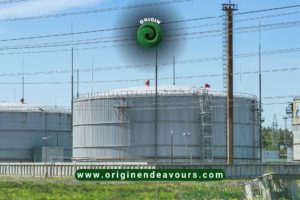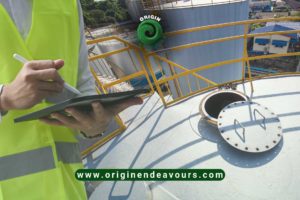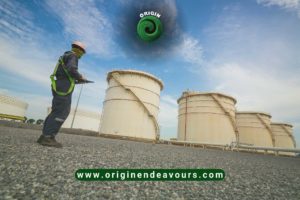
Prioritising Safety and Precision: Essential NDT Techniques by Skilled NDT Technicians at Origin Endeavours
At Origin Endeavours, safety and accuracy are our top priorities. Our NDT technicians are committed to using the safest non-destructive testing (NDT) methods for storage tank inspections. In this article, we’ll explore the top NDT techniques our skilled team employs to ensure effective inspections while maintaining the highest safety standards. 1. Ultrasonic Testing (UT) Ultrasonic Testing is highly favoured by our technicians for its safety and precision. By using high-frequency sound waves, this method allows for the detection of internal anomalies without damaging the material. This makes it an ideal choice for thorough and non-invasive inspections. 2. Magnetic Particle Testing (MPT) Magnetic Particle Testing is another reliable method our technicians frequently use. It’s perfect for identifying surface and slight subsurface defects in ferromagnetic materials. The process involves applying magnetic particles under a magnetic field, ensuring both safety and accuracy. 3. Dye Penetrant Inspection (DPI) Dye Penetrant Inspection is a technique our technicians excel in, especially for non-magnetic materials. This simple yet effective method involves using a penetrant dye to highlight defects on the material surface. It’s a straightforward approach that consistently delivers reliable results. 4. Eddy Current Testing (ECT) Eddy Current Testing is a preferred method for detecting cracks and imperfections in conductive materials. Our technicians value this technique for its ability to conduct detailed inspections without direct contact, preserving the material’s integrity. 5. Visual Inspection Visual Inspection is the most fundamental NDT method we use. It involves a detailed examination of storage tanks with advanced optical instruments. This method



